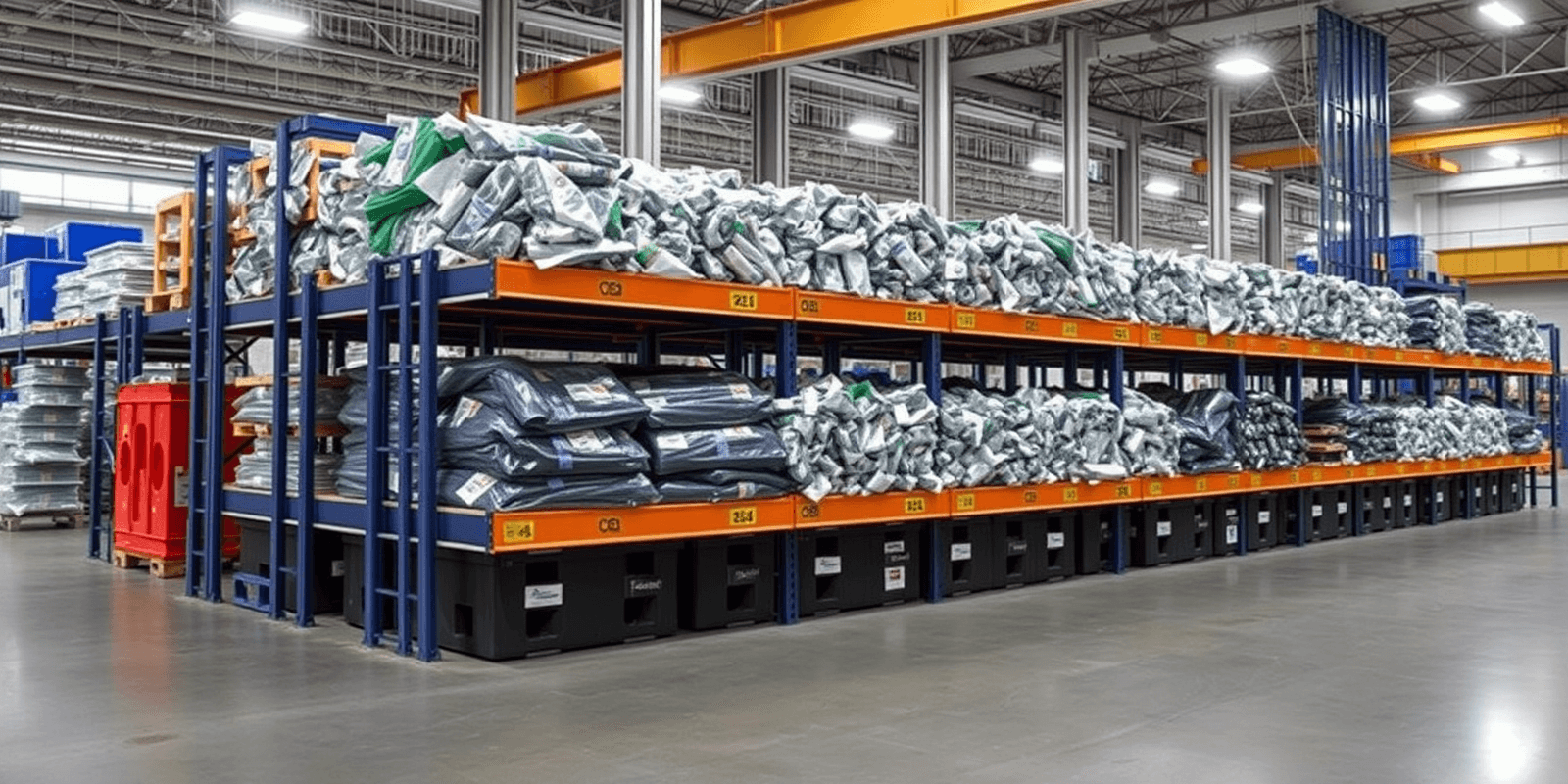Physical Address
304 North Cardinal St.
Dorchester Center, MA 02124
Physical Address
304 North Cardinal St.
Dorchester Center, MA 02124

Explore the latest advancements in composite material recycling, from innovative technologies to sustainable practices that are reshaping the industry.
As the world continues to emphasize sustainability, composite material recycling has become a critical area of focus. Composites, known for their strength, durability, and lightweight properties, are widely used in various industries, including aerospace, automotive, and construction. However, the challenge lies in effectively recycling these materials at the end of their lifecycle. This article explores the current challenges in composite material recycling and highlights innovative solutions being developed, with a focus on new technologies, industry leaders, and the importance of sustainability.
One of the primary challenges in composite material recycling is the complexity of the materials themselves. Composites are typically made from a combination of different materials, such as carbon fibers, glass fibers, and resins, which makes them difficult to separate and process. Additionally, the lack of standardized recycling processes and infrastructure further complicates the issue. Many composite materials end up in landfills, where they can take hundreds of years to decompose, posing significant environmental risks.
Another challenge is the economic viability of recycling composites. The cost of recycling these materials is often higher than the value of the recovered materials, making it less attractive for businesses to invest in recycling technologies. Furthermore, the quality of recycled composites can be lower than that of virgin materials, limiting their applications and market demand.
One promising approach to composite material recycling is chemical recycling, which involves breaking down the composite into its constituent parts using solvents or other chemicals. For example, the solvolysis method uses solvents to dissolve the resin, allowing the fibers to be recovered. This method can produce high-quality fibers that can be reused in new composites, reducing waste and the need for virgin materials.
Mechanical recycling involves physically breaking down the composite materials into smaller pieces, which can then be reprocessed into new products. One example is the use of cryogenic milling, where the composite is cooled to very low temperatures and then ground into fine particles. This method can improve the separation of fibers and resins, leading to better quality recycled materials.
Pyrolysis is another innovative technique for composite material recycling. This process involves heating the composite in the absence of oxygen, causing the resin to break down into gases and oils, while the fibers remain intact. The recovered fibers can be used in new composites, and the gases and oils can be used as energy sources. Companies like Carbon Conversions, Inc. are leading the way in this field, developing advanced pyrolysis technologies to recycle carbon fiber composites.
Several companies and organizations are at the forefront of composite material recycling and sustainability. For instance, Airbus has committed to increasing the use of recycled materials in its aircraft, and is actively investing in research and development to improve recycling processes. Similarly, BMW Group is working on innovative recycling methods to recover and reuse carbon fiber from its vehicles.
Collaborative efforts between industry, academia, and government are also crucial in advancing composite material recycling. The Institute for Advanced Composites Manufacturing Innovation (IACMI) is a public-private partnership that focuses on accelerating the development and commercialization of advanced composite technologies, including recycling. By bringing together experts from various fields, IACMI aims to address the technical and economic challenges of composite recycling and promote sustainable practices.
Sustainability is a key driver in the push for composite material recycling. As the demand for composites continues to grow, so does the need to manage the environmental impact of their production and disposal. Recycling composites not only reduces waste but also conserves natural resources and reduces the carbon footprint associated with manufacturing new materials. Moreover, the development of efficient and cost-effective recycling technologies can create new economic opportunities and jobs in the circular economy.
Regulatory frameworks and policies also play a crucial role in promoting composite material recycling. Governments around the world are implementing stricter waste management regulations and incentivizing companies to adopt sustainable practices. For example, the European Union’s Circular Economy Action Plan includes measures to increase the recycling rates of composite materials and reduce their environmental impact.
The future of composite material recycling holds great promise, thanks to ongoing innovations and the commitment of industry leaders to sustainability. While challenges remain, the development of new technologies and collaborative efforts are paving the way for more efficient and effective recycling processes. By addressing the complexities of composite materials and promoting sustainable practices, we can ensure that these valuable resources are used and reused in a way that benefits both the environment and the economy.
As the world continues to prioritize sustainability, the importance of composite material recycling will only continue to grow. By embracing innovative solutions and working together, we can create a more circular and sustainable future for composite materials.